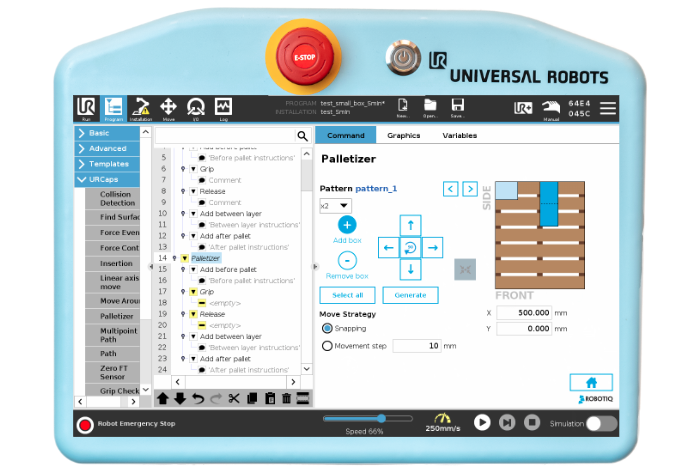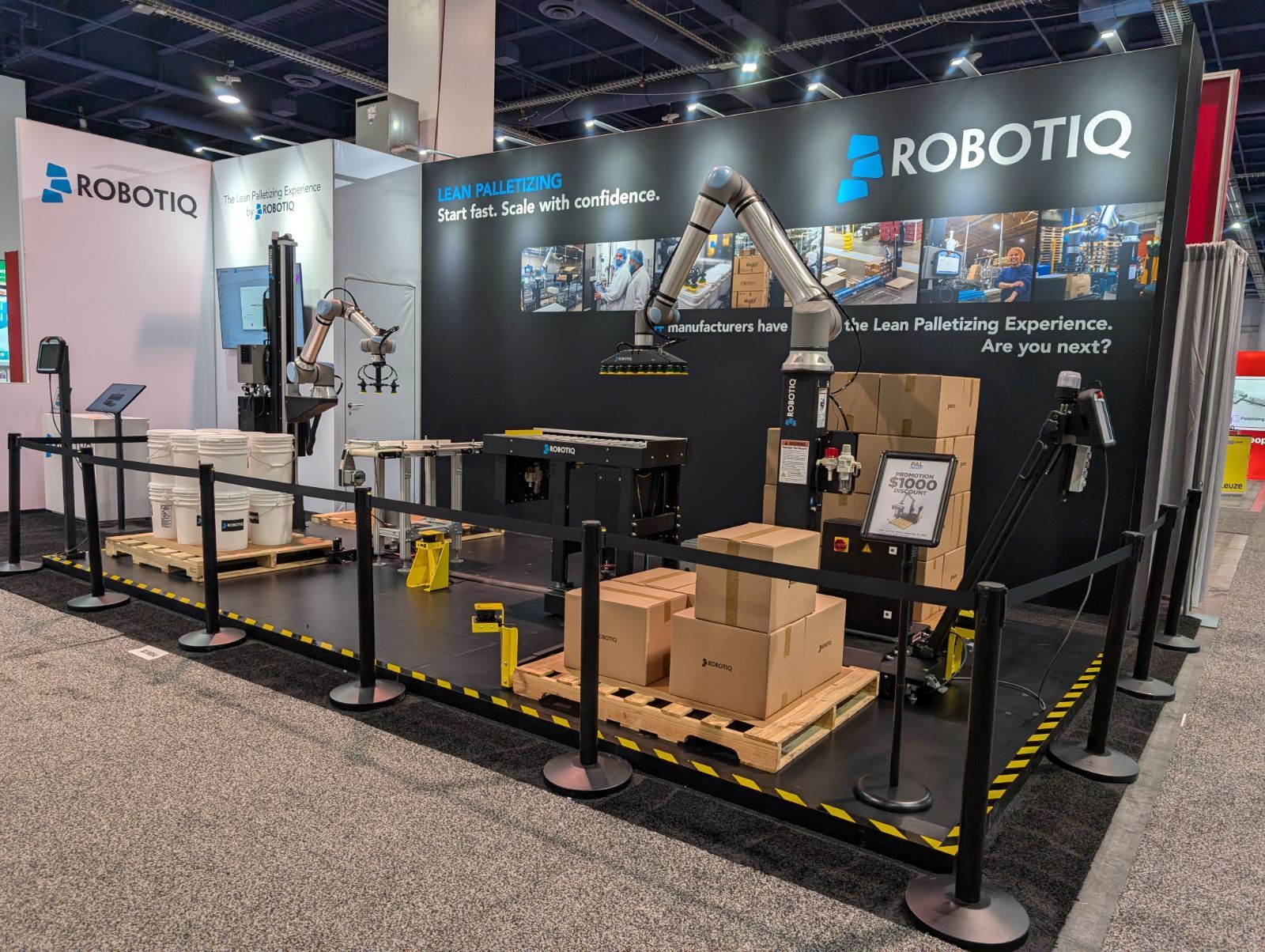How to Automate a Task: It's Easier Than You Think

Posted on Nov 25, 2022 in Automation
5 min read time
Are there tasks in your business that everyone finds boring? Those tasks that involve just doing the same actions again and again.
These are the tasks that are perfect for automation… but people often worry that automating a task will require a lot of work.
Will the benefits of automation be worth the work you need to do to automate?
The good news is that adding automation to your business doesn't have to be difficult. Whether you are tending CNC machines, inspecting products, testing prototypes, or palletizing boxes, automating repetitive tasks can save you a lot of time and tedious effort in the long term.
Automating tasks in your business can help you free up your valuable time and energy so that you can focus on more important activities.
With the right tools and approach, automating your task can be quick and easy.
Boredom at work: An endemic problem
People often worry that adding automation will take a lot of time, effort, and money.
They think "We don't have the resources to invest in automating. Everyone is too busy!"
The question is… what tasks are your people doing now that are keeping them so busy? And are they happy doing such tasks? Or are they bored?
Boredom at work is more than just a passing nuisance, it's an endemic problem. According to various studies, it's more dangerous for companies than burnout. When companies fail to provide employees with enough challenging and stimulating work, those employees feel underutilized and unfulfilled in their jobs.
Without adequate stimulation, employees become disengaged with their current role. This leads to people leaving their jobs.
Dull and repetitive tasks are some of the worst offenders.
How can you get rid of those unstimulating tasks? Adding automation is one of the most easily available and effective ways to reduce the boring tasks from people's jobs, leaving them the time and energy to work on more interesting tasks.

9 other excellent reasons to automate
Of course, reducing boredom isn't the only reason to automate a task. There are other advantages associated with robotic automation.
Here are 9 other good reasons to automate tasks in your business:
-
Improve safety — Robots can remove the more dangerous aspects of a person's job, making their work safer.
-
Reduce costs — Automation can be a valuable tool to help you reduce the cost of production.
-
Free up time for other tasks — We all only have so many working hours in the day. When the robot takes the dull tasks away, people have more time for other tasks.
-
Achieve consistency — The top benefit of robotic automation is often consistency. This leads to higher product quality and customer satisfaction.
-
Reduce waste — Automation can reduce waste in many ways from reducing unnecessary inventory, eliminating waiting times, and avoiding defects.
-
Eliminate errors — Human error is unavoidable, especially in tasks that people find boring. Robots help avoid such errors, which would otherwise lead to dangerous or costly consequences.
-
Improve morale — Despite some people's initial resistance to robotic automation, companies that add robots often find that they improve morale overall.
-
Reduce stress — Tasks like palletizing can lead to stress when companies try to scale production. Robots help to alleviate this stress.
-
Increase productivity — Overall, adding robotic automation can help you produce more products more easily.
When you compare the benefits of robotic automation with the small amount of work it requires, the cost-vs-benefit can easily come down in favor of automation.
How to automate a task with a robot
How much work is really involved in automating a task with a robot?
Now that we've looked at the benefits of automating, let's look at how to actually do it.
There are many different ways to add automation to your business using robots. For one thing, there are various types of robot. Some may be suitable for your needs and some may not.
We'll just focus on one approach to automating tasks: using a collaborative robot.
Collaborative robots (cobots) are some of the most versatile robots that you can find. They are now being used widely across industries, very often by people that have little to no experience with robotics.
One thing that makes cobots so easy to use is the availability of application kits which include everything you need to automate a particular task with a robot.
.jpg?width=819&height=546&name=17%20(4).jpg)
Here are the basic steps to automate any task with a robot:
-
First, determine which tasks you want to automate. This can be anything from machine tending, inspection, product testing, palletizing, and many more.
-
Determine what types of robotic solutions will be suitable for your chosen task. If an application kit is available for the particular task, this is often a good option as it significantly reduces the deployment work.
-
Talk with your supplier to gain the required knowledge to deploy the robot in your workplace. If you are using a conventional industrial robot, you may require a lot more help. With a cobot, which you can probably deploy the robot yourself after following some basic, free training.
-
Deploy the robot for your chosen task using the methods suitable for your specific robotic solution.
-
Monitor the results of the deployment and improve your setup if necessary to keep getting the most from your robot.
For a more in-depth look at robotic deployment, the Lean Robotics Methodology can help to simplify any type of robotic automation solution.
Why automation is easier than you think!
Automating tasks in your business may seem daunting at first, but it can be quick and easy with the right tools and approach.
It's always helpful to compare the work required to automate with the benefits you will gain from that automation. When you see how robots can help to improve the jobs of your workers, it becomes clear how beneficial the technology will be for you.
With modern cobot solutions and application kits, it is now easier than ever to automate tasks. In most case, there's really no reason not to automate!
What types of tasks would you most like to automate? Tell us in the comments below or join the discussion on LinkedIn, Twitter, Facebook, or the DoF professional robotics community.





-1.jpg)

Leave a comment